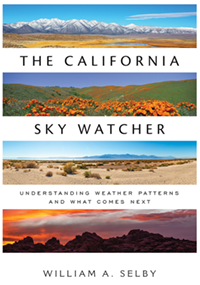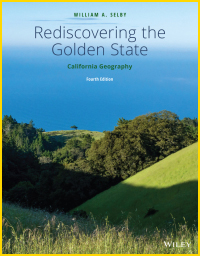
Death Valley recently knocked El Azizia, Libya from the top spot for the highest temperature ever recorded after discrepancies surfaced in how the Libyan data was collected. Irrespective of whether Death Valley is first or second as a world hot spot, there is no question that this sun-baked corner of California has one of the harshest climates on the planet.
The world record was set in 1913 when a temperature of 134⁰ F was recorded. The valley floor routinely registers temperatures of over 120⁰ F in the summer. From May through September it is frequently the hottest spot in the country, if not the world. There are days when the nightly low fails to go below 100⁰ F. Even in winter it is not uncommon for daytime highs to flirt with 90⁰F.
But the extreme heat of Death Valley is only half the story. This endorheic basin is one of the driest locations in the United States. It is also one of only a handful of places in the world that can be described as hyper-arid. At places on the valley floor years may pass without measurable precipitation. No month of the year qualifies as the rainy season. February comes closest, however, by registering a monthly mean of 0.51 inches of precipitation.
- Köppen Classification: (BWh) Arid low latitude desert (hot).
- Current Conditions available via the National Weather Service.
- *Climate data from The Western Regional Climate Center.
Rob O’Keefe


